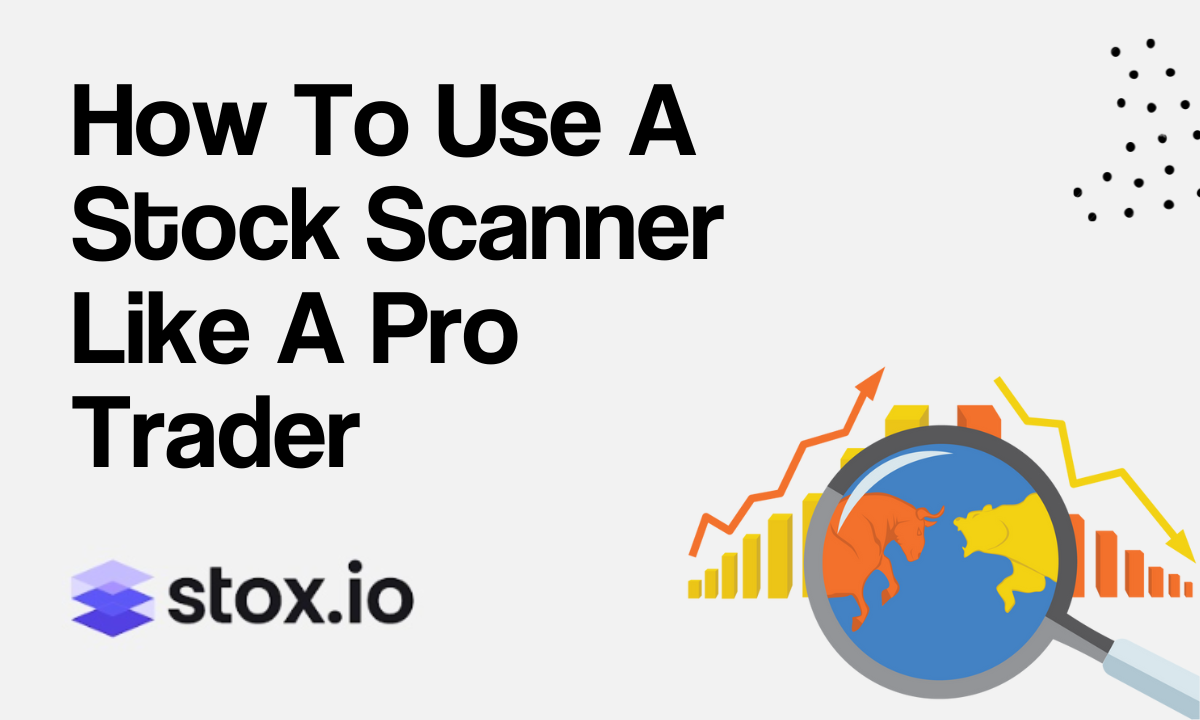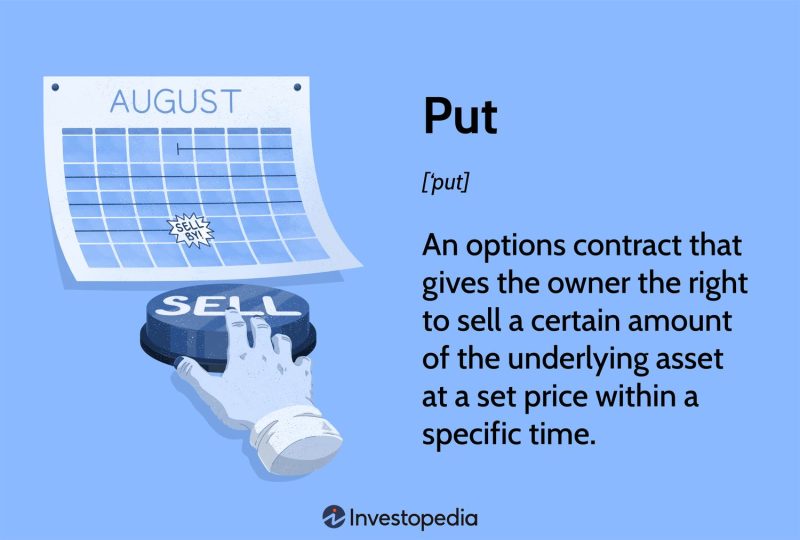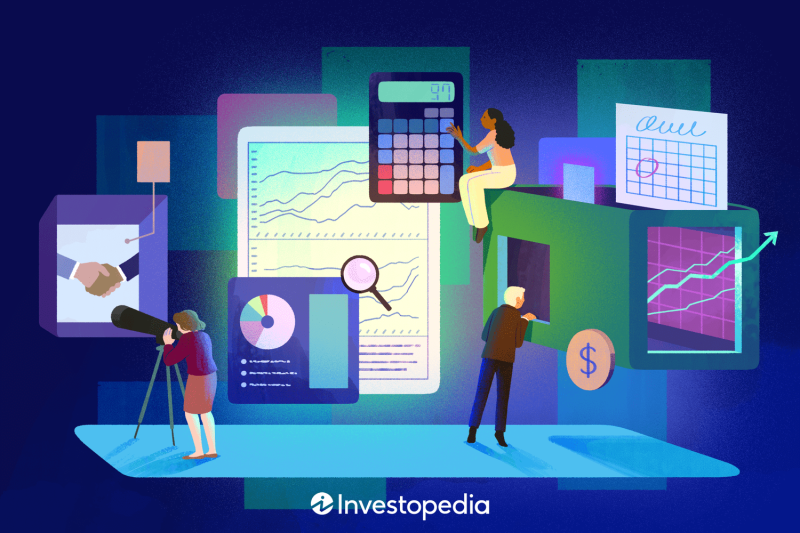How To Use A Stock Scanner Like A Pro Trader

In this blog, I want to walk you through the scanner settings I use every single day for day trading as well as swing trading. Having a high-speed scanner with accurate market data is crucial for trading. This ensures you can analyze stocks with the right data and find the right stocks to trade based on your strategies. The scanner settings I'll be going over include pre-market gap scans for small caps and large caps, midday mover scans, swing trading scanners, and after-hours scans.
How To Use Stox.io Scanner During Pre-Market
On my Stox.io scanner, you can see built-in scanners that come with it. I can hide these if I don't want to use them.
Pre-Market Small-Cap Stock Gap Scanning Criteria
For small caps, I prefer stocks priced over a dollar; I don't like to trade actual penny stocks. If you do, you can remove this filter. For volume pre-market, I look for at least 200k for small caps. Small caps without volume won't move; they might gap up on air, but without volume, they usually sell off at the open. Dollar volume is another option, focusing on the monetary value traded rather than the number of shares. A million dollars in dollar volume is a good benchmark.
For small caps, I typically want stocks that have gapped up more than 25-30%, but in the pre-market, I start at 10% to cast a wide net. For market cap, I look at stocks under 800 million to categorize them as small caps. Once set, I'll update my scan and sort by gap percentage, usually focusing on stocks up more than 20-30%.
Pre-Market Large-Cap Stock Gap Scanning Criteria
For large caps, I still look at stocks priced over a dollar but with significantly lower volume since large caps often trade lower volumes pre-market. Dollar volume is another metric, with over a million dollars being a good indicator. Gap percentage for large caps is set at over 5%, since major stocks like Facebook, Apple, and Tesla rarely gap up more than 10% unless there's a news catalyst. Market cap is set at over 800 million, including both mid-cap and large-cap stocks.
How To Use Stox.io Scanner To Find Mid-Day Movers
After the market opens, I use a different scanner. I use a midday mover scanner for small caps and large caps. Post-open, you want to search for change percentage instead of gap percentage. Change percentage measures the stock's movement from the previous day's close to the current trading price. After 10:30, I start looking at midday movers sorted by change percentage.
Mid-Day Small-Cap Stock Mover Scanning Criteria
For small caps, I look for a change percentage greater than 10%. The results differ from the pre-market gap scan. Some stocks that didn't show significant pre-market gaps might start moving significantly after the open. For example, a stock with only a 15% pre-market gap might move up 50-60% during regular trading hours.
Mid-Day Low-Float Stock Mover Scanning Criteria
For low float stocks, I also have a low float mover scanner. Low float stocks can be very volatile, with the potential to move significantly due to their limited supply. When scanning for these, I look for a low float with a high change percentage.
How To Use Stox.io Scanner To Find Swing Trades
My swing trading scan is similar to the midday movers scan for large caps. I use it to find large cap stocks that are moving significantly and could be potential swing trades. For swing trading, I focus on stocks trending above VWAP and the 8 EMA, which can indicate potential breakouts.
How To Use Stox.io Scanner During After Hours
For after-hours scans, I prepare for potential new tickers to trade the next day. I scan for stocks priced over a dollar, with at least 20,000 in volume, and a change percentage greater than 10%. In after-hours trading, you cannot use gap percentage, only change percentage. This helps me identify stocks that are gapping up after hours and might be good trades for the next day.
Stox.io: Fast, Simple-To-Use, and Affordable
These are the scanner settings I use every single day for different trading styles and strategies. Feel free to copy them on my screen. If you sign up for Stox.io, you can input the exact same settings and find the same kinds of stocks I use for day trading and swing trading. Stox.io is extremely affordable compared to other premium scanners, which can charge $120, $130, or even $190 per month. Make sure to check out this brand new stock scanner to improve your trade planning process.
Find Winning Stocks To Trade with Stox.ioDon’t feel like reading? Watch the video.



